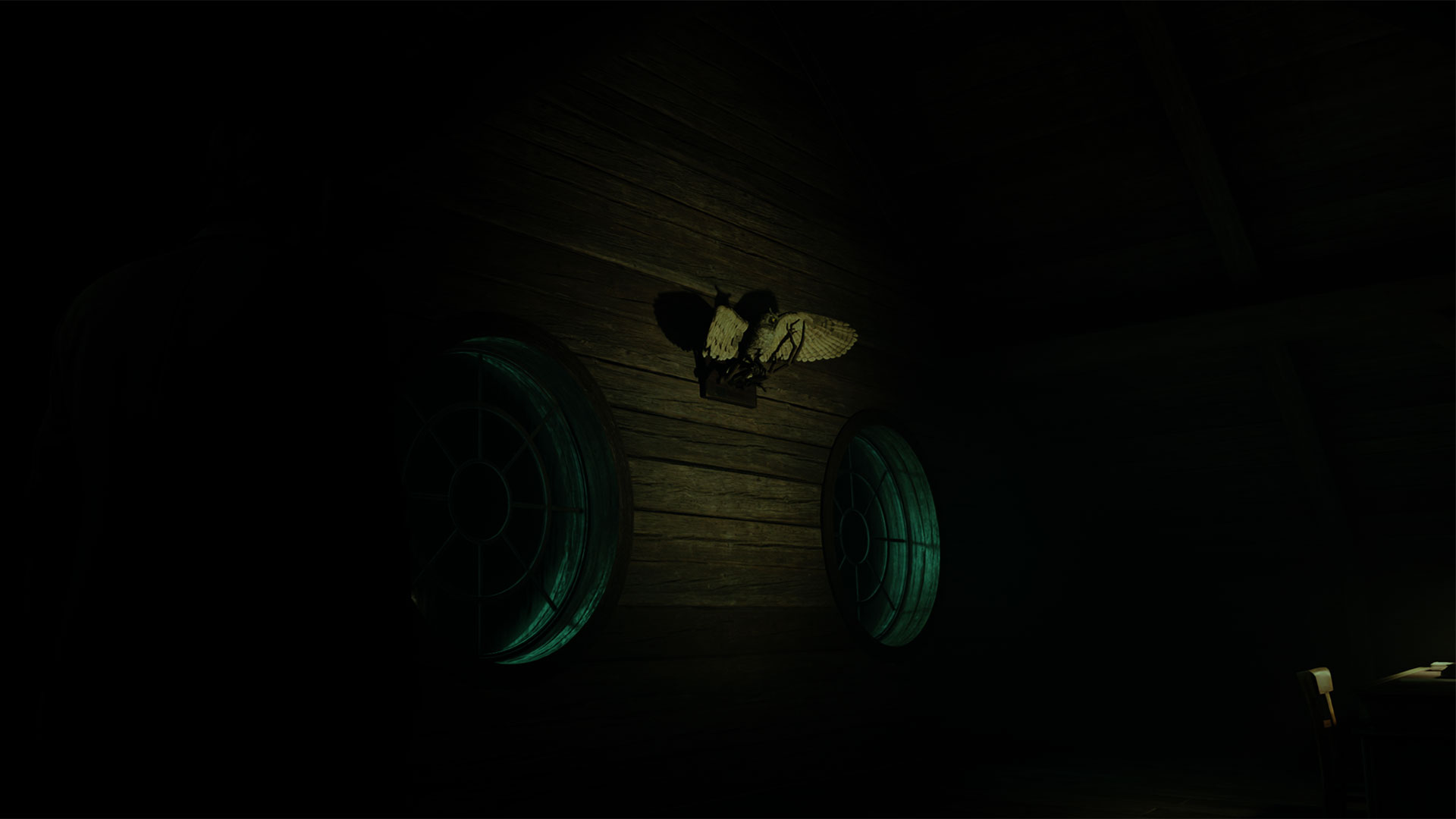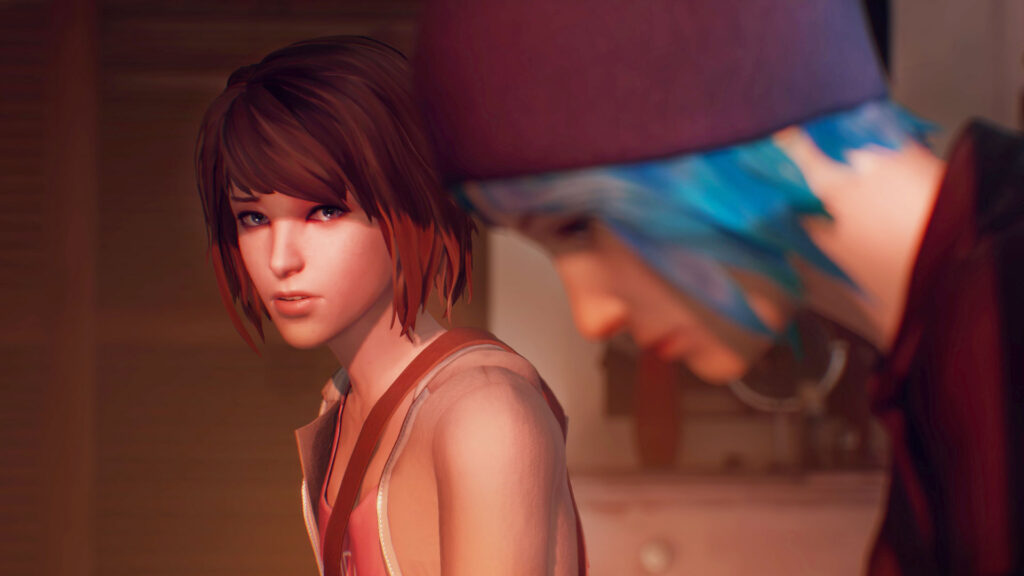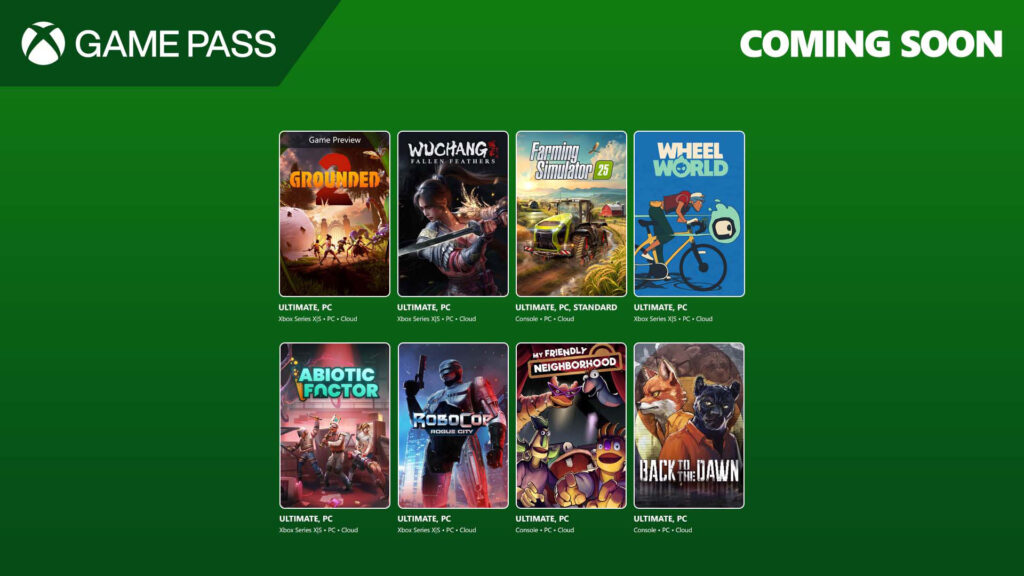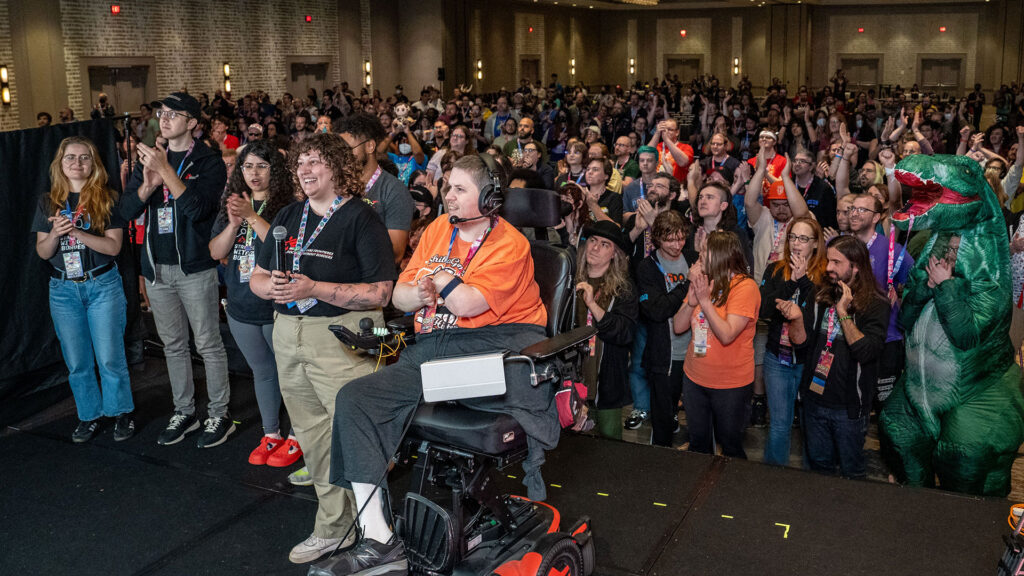Quick Verdict
Alan Wake 2 approaches the threshold of a masterpiece but stops just short of crossing it. It’s hard to overlook some mediocre gameplay elements, particularly with combat and puzzles, which at times border on frustrating. Yet, many of these shortcomings are forgivable, given how masterfully done the rest of the game is.
In terms of overall experience, Alan Wake 2 is as unique as they come. One sequence in this game easily ranks in my top 10 most memorable gaming moments, and for that alone, I recommend the game to everyone—provided you can handle its psychological horror. Alan Wake 2 is brilliantly tense with matching audio and meticulously crafted environments. It’s not a game I’ll soon forget, but I can’t help feeling frustrated by how close it comes to being a true masterpiece.
Darkness Descends
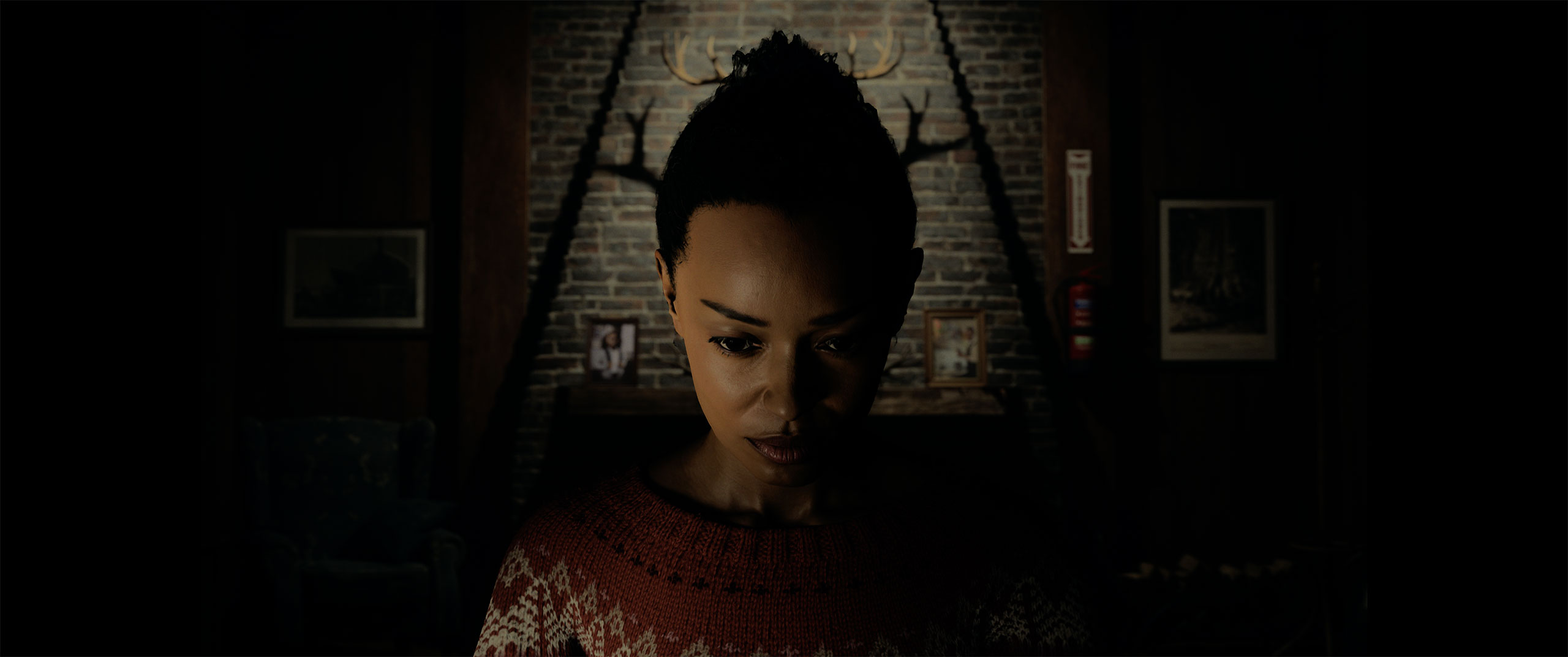
The story of Alan Wake 2 unfolds through two protagonists: Alan Wake and Saga Anderson. Both characters have a similar playstyle, but each possesses unique upgrades and gimmicks. Alan Wake’s gimmick is his plot board, while Saga Anderson has her case board. The plot board is more interesting, enabling Wake to change his surroundings, a crucial element for solving puzzles in his game segment. In contrast, Anderson’s case board, which could have been interesting, feels mostly underbaked. It’s supposed to serve as an evidence board for a detective, but there isn’t much problem solving to determine where each clue goes on the board. Towards the end of the game, I found it all a bit tedious and it didn’t really add much value to the game. In certain sections, I skipped using the case board entirely, finding it entertaining when the game populated everything for me, having already solved the case.
While the two characters mostly feel the same in combat and movement, their individual sections play out very differently. Wake is stuck in The Dark Place, having to navigate through a television night show and a deranged version of New York that’s been conjured up; while Anderson revisits a noticeably changed Bright Falls from the last time we were there 13 years ago. The contrast between the two protagonists is well executed, with distinctly different environments, characters, and atmospheres. The brief moments of levity, almost serving as intermissions in this multi-act play, are expertly crafted, offering a much-needed break from the game’s overall tense moments. Wake’s playthrough features the aforementioned memorable gaming moment, so original and extraordinary that it puts the game on a higher tier for me. Meanwhile, Anderson’s section has the more charming characters and I was personally a huge fan of the Koskela Brothers commercials.
I celebrated the building of a new gaming PC with an RTX 4090 by playing Alan Wake 2, and I feel like it was one of the best games I could have picked to showcase what the new rig could do. Technically, Alan Wake 2 is a marvel, marking the first game I’ve played that genuinely feels next-generation. The detailing, lighting, and atmosphere, at least on a PC that can enable all the bells and whistles, is jaw-dropping and that’s coming from a jaded gamer who feels like he’s witnessed every so-called monumental leap in technology. I encountered some issues with the HDR implementation, as certain areas looked washed out, but this didn’t detract significantly from the game’s stunning detail from pixel to pixel. Some areas were a bit too dark for my liking, but one could argue that’s the whole point of the game. The few times when daylight did creep through though, the scenery in Bright Falls was simply breathtaking.
Combat Chaos

Since I could barely remember the original Alan Wake, I decided to do a playthrough of Alan Wake Remastered before diving into Alan Wake 2. This not only let me approach the sequel with the original’s story fresh in my mind, but also to compare how much Remedy Entertainment has evolved as a developer over the years between the two games. While this approach did do the sequel many favors, it also highlighted the weaknesses in the combat system of both games. While playing through Alan Wake Remastered, I noticed how poorly the combat system had aged. Overall, it felt janky and was clearly not a strong point of the game. I was surprised to see Alan Wake 2 carried over many of the more frustrating parts of the combat system, but I can also appreciate that some of that frustration is what helps set the tense atmosphere for the game.
If you played Alan Wake Remastered (or the original Alan Wake), then you’ll be familiar with how combat is in Alan Wake 2. While it is more polished than its predecessor, the core system is intact: use your flashlight to weaken the enemy, then take it out with your weapon of choice. Given the flashlight’s battery is finite, it’s frustrating to “waste” a charge on a dark figure that turns out to be harmless. The game allows you to slot a total of eight weapons and items onto your quick select hotbar, but unlike the first game, you can’t use your mouse wheel to scroll and change weapons on PC. The system becomes particularly tedious during intense combat to use a healing item if it’s not already on your hotbar. But again, the cumbersome setup seems intentionally designed to enhance the game’s overall atmosphere, even though I found it annoying.
To make things worse, I found only one battle in the game somewhat memorable. Even an attempt to recreate a high point from the original Alan Wake fell flat, ruined by frustrating mechanics in that particular fight. If this was all an attempt in having the player fully immersed in the character, I’d say it was unsuccessful. Unlike the smooth, intuitive combat found in Control, Alan Wake 2 retains some of the clunkiness of its predecessor. It’s reminiscent of the classic survival-horror mechanics seen in early Resident Evil games.
Writer’s Woes
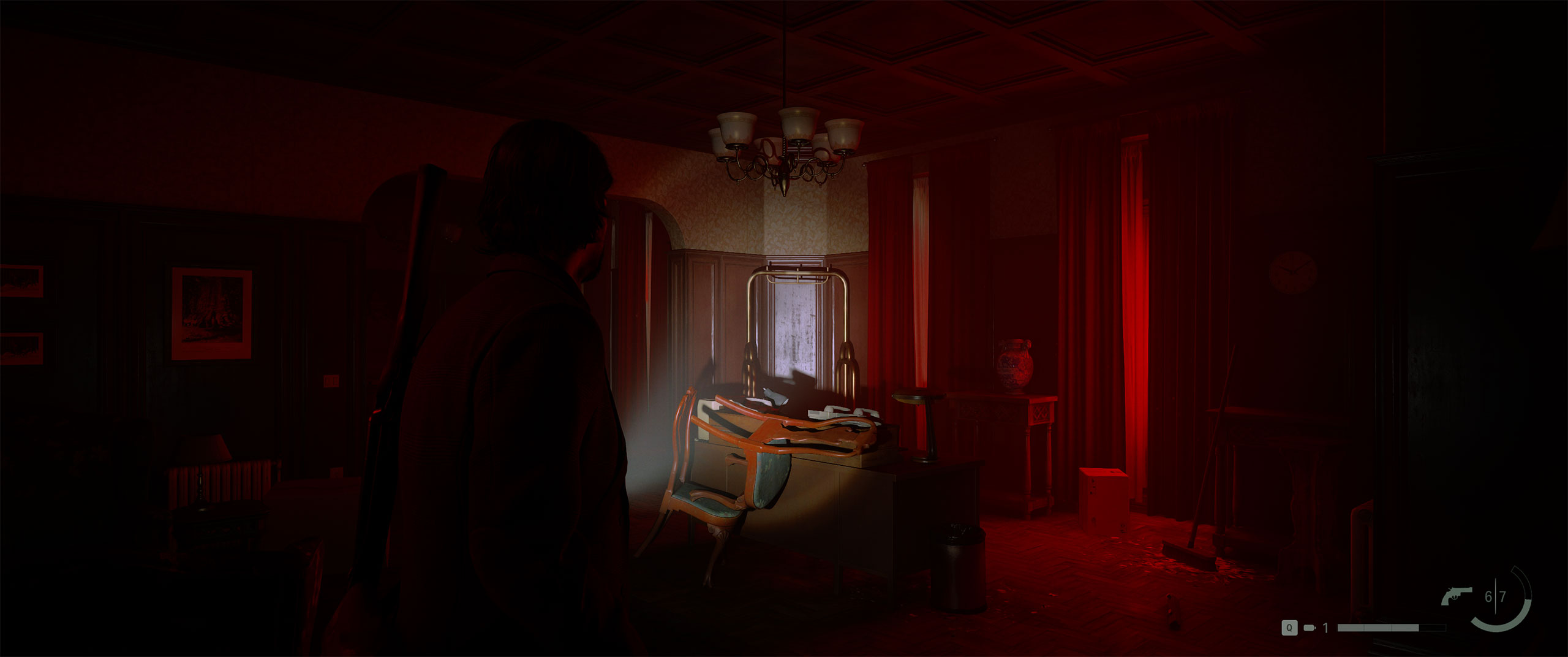
It’s somewhat ironic that one of my biggest gripes with a game centering around a writer is the writing itself. Alan Wake 2’s meta storytelling becomes convoluted, and in some sections, it feels overloaded with words but lacking in substance. I found it all a bit disjointed, although the cast remains mostly well-written and likable. The game does allow the player to swap between Anderson and Wake’s storylines at certain points. Depending on how one chooses to play, the story could seem even more disconnected than my experience.
My point is that Alan Wake 2’s decision to let players choose the story’s order might not have been the best approach. To me, it didn’t all come together coherently. For instance, consider 13 Sentinels: Aegis Rim, which successfully used this storytelling format with multiple threads. Also, the option to switch between the two protagonists seemed to add little value to the overall experience, adding to the confusion.
Lost in Light
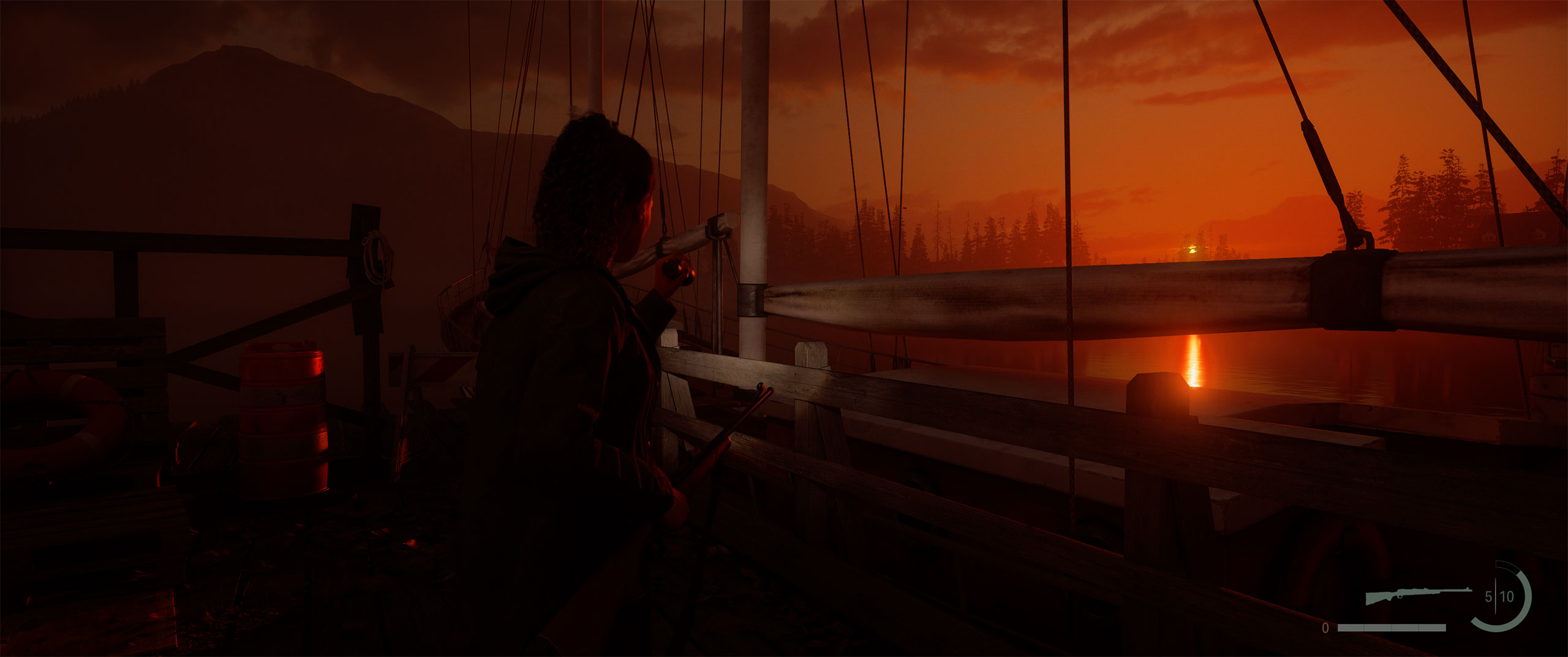
You might be wondering, at this point in the review, what parts of Alan Wake 2 I actually enjoyed. The truth is, the gameplay portions of Alan Wake 2 aren’t really that interesting. At its core, the game is a blend of a walking simulator with live-action cutscenes, plenty of dialogue, and a few interesting puzzles. Combat oftentimes feels more frustrating than fun. The sections of Alan Wake 2 that an average non-gamer might label as the “video game” parts are, frankly, underwhelming. However, gamers understand that video games have evolved far beyond mere gameplay mechanics.
To me, a video game is now an entire interactive experience, one that no other form of media can deliver. Being fully immersed in a psychological horror game like Alan Wake 2 offers an experience vastly different from watching a scary movie or television series. Even when simply walking around a coffee-themed amusement park, the atmosphere Alan Wake 2 creates, particularly through its audio, is nearly indescribable. “But there are plenty of horror games out there,” I can hear you thinking. Yes, but none execute over-the-top, zany ideas as well as Alan Wake 2 does.
Musical Madness
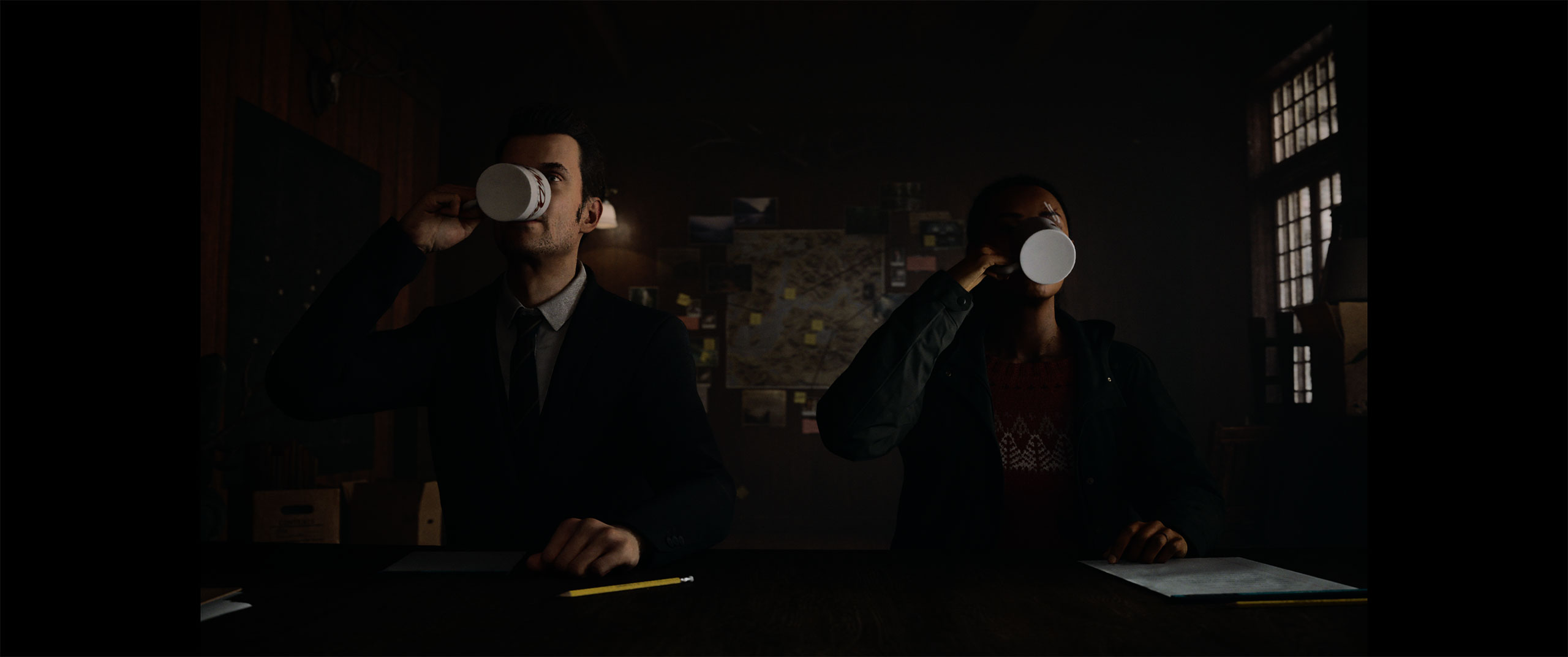
I love talking about the importance of music in a video game. Consider Final Fantasy XIV, for instance. I firmly believe that without its exceptional soundtracks, the game wouldn’t feel as epic, particularly during raids and key emotional moments in the story. Alan Wake 2 uses its soundtrack in a different way that is still very effective. These carefully crafted songs, created specifically for the game, mostly play at the end of each chapter. It’s a fantastic collection, with a few standout tracks like Wide Awake, Follow You into the Dark, and, of course, Herald of Darkness.
The importance of music also highlights what makes Alan Wake 2 such a brilliant game. It successfully does what very few games manage to do and that’s leaving you with a memory you’ll remember for the rest of your life. While there are brief moments throughout the journey where you can’t help but wonder where the idea even came from, there’s one shining sequence that is so incredibly different and refreshing that I hope other developers take notes. Interestingly, Creative Director Sam Lake revealed that he had to fight to keep that section in the game. It’s astonishing that this highly acclaimed portion of the game, which heavily contributes to Alan Wake 2 delivering an experience unlike any other, was almost cut from the game because it was that crazy. Even if you don’t plan to play Alan Wake 2, I suggest watching reaction videos on YouTube. To avoid spoilers, I won’t mention the name of the chapter, but it shouldn’t be very difficult for you to find it—you’ll know when you do.
Now, I’m not saying a 20 to 30 minute sequence makes up for Alan Wake 2’s other flaws. But even with the issues I’ve mentioned throughout this review, Alan Wake 2 is a very competent game that sits on a tier above the majority of what the industry has to offer. The game’s masterful use of shadow and light, coupled with haunting sound effects, amplifies the psychological terror, turning a simple walk through the woods into a nerve-wracking experience. When the majority of a game is executed so well, the average sections become more noticeable, sticking out like a sore thumb.
Reality’s Edge
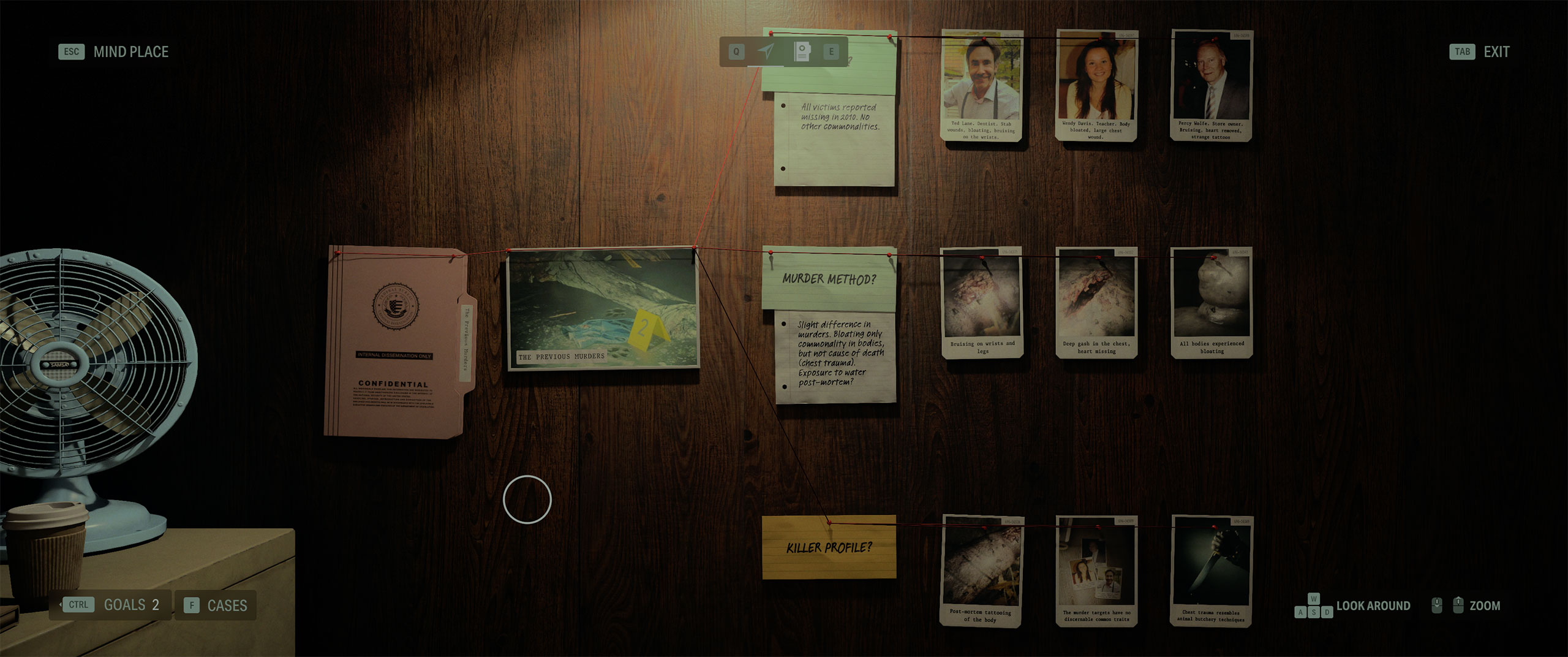
Throughout history, the idea of what a video game is has evolved time and time again. Every few years, something emerges that redefines the narrative on how video games should be created and the experiences they’re meant to deliver. While everyone may have their own list of the most important video games in history, there are titles that likely appear on most lists. Games like Tetris, Doom, Halo, Final Fantasy, World of Warcraft, Resident Evil, Street Fighter II, Fallout, and more. Each of these games pushed the boundaries of its genre, with their influences felt even decades later.
PlayStation, as we know it today, has built a reputation for delivering cinematic experiences, or what some call interactive movies. From The Last of Us to 2018’s God of War, certain video games have been focusing more on delivering a complete experience you can’t get anywhere else. Alan Wake 2 delivers in spades, from its tense atmosphere to its eerie audio, humorous moments to its dark ones. This game is truly special because it’ll be something the industry is still talking about, even if the conversation is centered around a short segment of the game. While Alan Wake 2 doesn’t exactly revolutionize the horror genre like Resident Evil did, I will say it pushes the envelope in narrative-driven experiences, similar to the impact of The Last of Us.
Most importantly, it’s evident that Alan Wake 2 was crafted with genuine passion and care. Watching any interview with Creative Director Sam Lake or the actors involved in the game, it becomes clear that everything surrounding its development was just different. There’s a strong belief the team at Remedy Entertainment was creating something magical, and they truly did.
Alan Wake 2 was released on October 27, 2023 on PlayStation 5, Xbox Series X|S, and PC. This review is based on a purchased retail copy of the game on PC. While FullCleared does have affiliate partnerships, they do not influence our editorial content. We may, however, earn commissions for products purchased via affiliate links.

